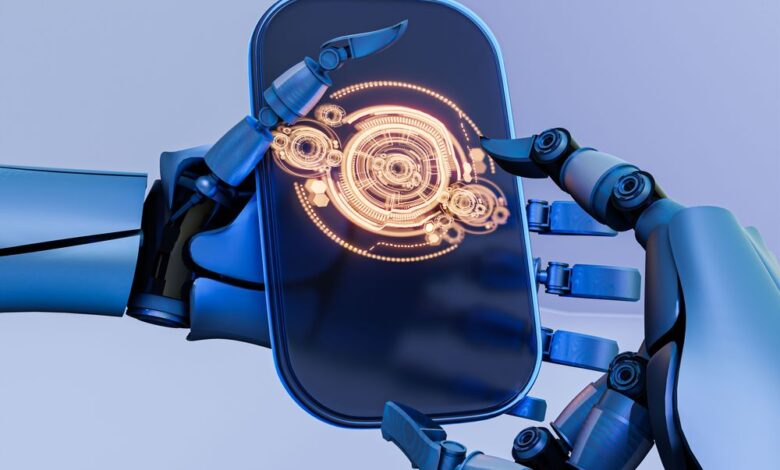Tesla’s Optimus Prototype Marks a New Era in Robotics and AI

Tesla, the renowned electric vehicle manufacturer, has once again captured the attention of the technology world with the introduction of its Full Self-Driving (FSD) Beta Version 12 to a select group of customers. This significant step in driver-assistance technology is part of the company’s broader push into the realms of artificial intelligence and robotics. At the forefront of this push is the company’s CEO, Elon Musk, who recently showcased the prototype of the humanoid robot ‘Optimus’ at a company event.
The unveiling of the Tesla Optimus, which was first announced during the company’s AI Day in August 2021, signifies a bold stride into the future of robotics. Musk, aligning with AI research lab founder David Holz’s forecast, envisions a world where humanoid robots could number in the billions by the 2040s. The Tesla CEO sees the Optimus robot as a pivotal player in this robot-abundant future, with the potential to even eclipse the company’s automotive endeavors in terms of significance.
At an event in October 2022, Musk introduced the world to the Optimus prototype, which is anticipated to be priced at approximately $20,000 per unit. Although the robot’s current capabilities are modest, Musk remains confident about its potential, acknowledging that there is considerable work ahead to enhance the machine’s functionality. He anticipates that within five to ten years, Optimus could evolve into an “extremely capable” machine and aims to bring it to market in three to five years.
Musk has admitted that the development of humanoid robots is not directly in line with Tesla’s primary mission of accelerating the transition to sustainable energy. He believes that the introduction of Optimus could play a significant role in “making the future awesome.” Tesla’s venture into robotics is a testament to its commitment to innovation and its influence on the technological landscape.
In the context of global trade and industry, various challenges persist, such as the impact of Houthi attacks on merchant shipping in the Red Sea, which threaten food supplies and oil deliveries. These incidents have led to tankers rerouting their paths, opting for extended voyages around Africa. These disruptions, the market response in terms of crude futures and charter rates to certain destinations has been relatively muted.
The electric vehicle (EV) sector is also observing the market closely as Tesla gears up to release its quarterly earnings. This report is expected to shed light on EV adoption rates during a period when the prices of minerals essential to EV batteries are witnessing a downturn. Similarly, the agriculture sector awaits the US Department of Agriculture’s monthly cold storage report, seeking insights into demand trends.
The debut of the Optimus prototype and Musk’s projection of a future filled with humanoid robots highlight Tesla’s relentless pursuit of progress in AI and robotics. The company’s initiatives are indicative of a wider ambition to mold an innovative and technologically superior future. As the landscape of global trade and industry evolves, Tesla’s intersection with technology and sustainability continues to captivate interest. The company’s ongoing developments and forthcoming projects promise to be instrumental in the narrative of a transformative era of human and robotic synergy.
Source link

